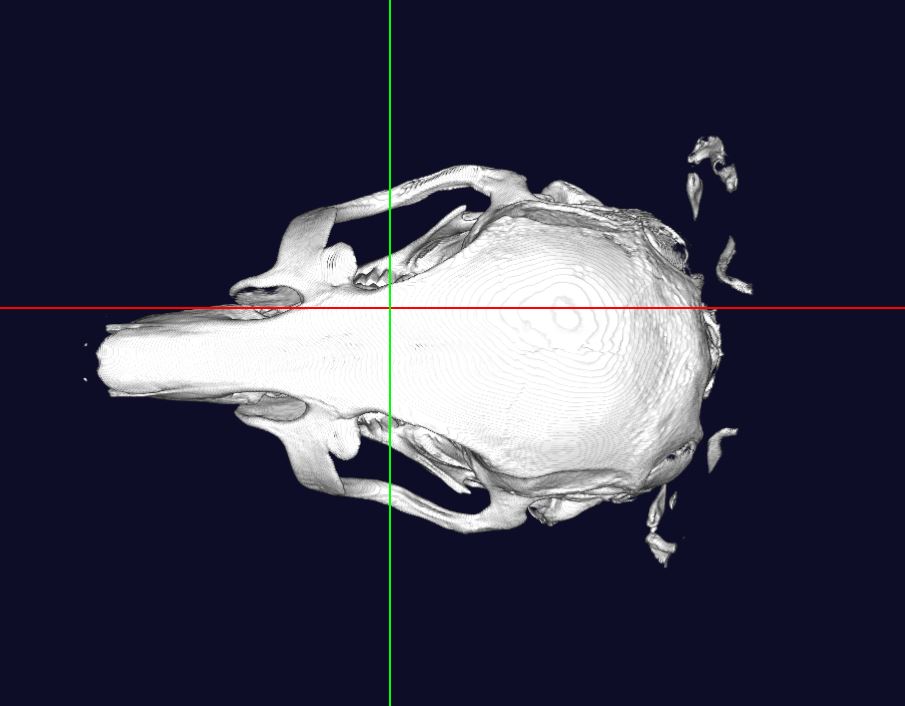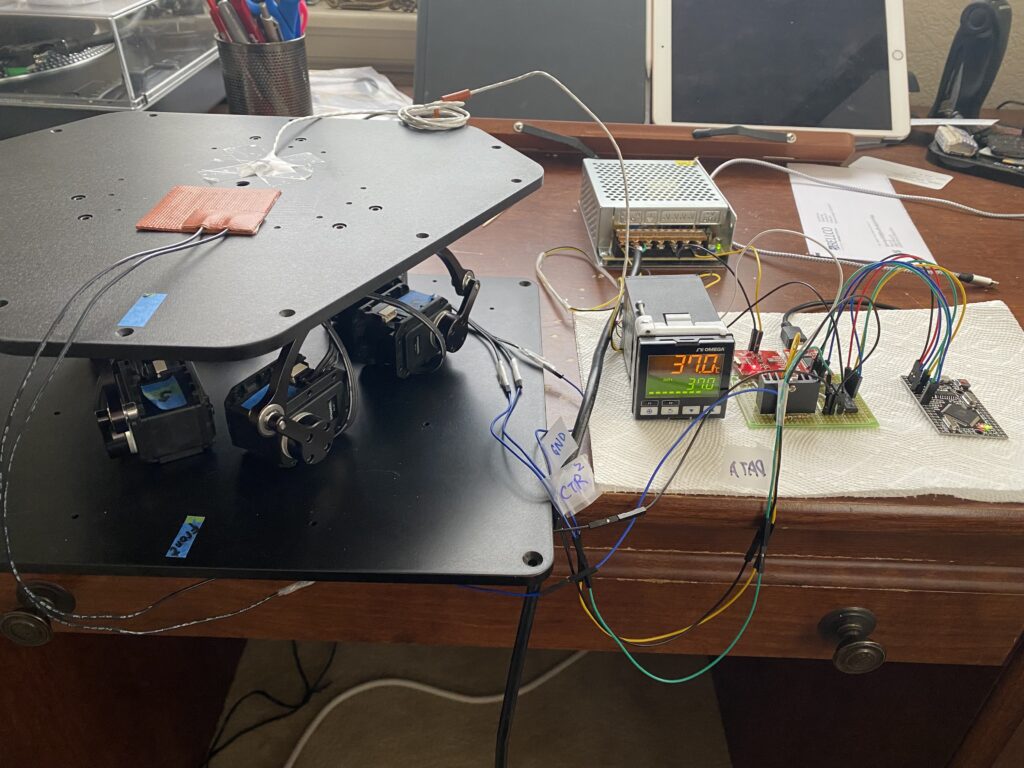PopNeuron LLC Secures NIH Small Business Grant to Revolutionize Neural Spike Sorting
NIH Grant Fuels PopNeuron's Neurotech Breakthrough

PopNeuron LLC, has been awarded a prestigious grant from the National Institutes of Health / National Institute of Neurological Disorders and Stroke (NIH/NINDS) for their groundbreaking small animal stereotaxic device.
The small animal stereotaxic device developed by PopNeuron LLC represents a significant leap forward in the field of neuroscience research. Built with state-of-the-art technology, this advanced tool enables researchers to precisely target specific regions of the brain in small laboratory animals, such as mice or rats, for a wide range of experimental procedures.
The device incorporates computer vision, automated skull-flat, and the ability to work with arbitrary brain atlas systems of any species or age group. This increased accuracy not only improves the quality of data obtained from experiments but also reduces the number of animals required, thus promoting ethical research practices. Working with this device will also enhance rigor and reproducibility of research involving stereotaxic work, since the device relies much less on experience level and personal skill level of the investigator who uses the device – which by definition would make this work less easy to reproduce.
One of the key features of PopNeuron’s small animal stereotaxic device is its integration with advanced software which streamlines the workflow by quickly and accurately scanning the skull surface and accomplishing skull-flat (leveling the skull and bringing Bregma and Lambda into the same plane), setting parameters, and monitoring the procedure with real-time data. This integration enhances data management, facilitating collaboration across laboratories, reproducibility, and further analysis. Researchers can now spend less time on tedious tasks and focus more on accelerating their discoveries. The device opens up new possibilities for researchers to investigate small and difficult to target brain areas through detailed mapping, accurate targeting, and precise mechanical adjustments.
PopNeuron’s device will undoubtedly enable researchers to delve deeper into the complexities of the brain. Through their dedication and innovation, PopNeuron LLC has now positioned itself as a key contributor to the future of neuroscience research, leading us towards a better understanding of the brain and advancements in neurological treatments.
Details of this award:
NIH/NINDS Grant Number R41 NS119079, start date September 22, 2020. PI: Klug, Achim.
Abstract: The main goal of this research project is to develop a new line of new stereotaxic devices for small animal research that outperforms existing devices in terms of accuracy, reproducibility, and ease of use. Advancing a tool such as an electrode, injection pipette or optical fiber through a small hole in the cranium, sometimes over long distances, and placing it precisely in a particular brain area, often much less than one millimeter in diameter, is a significant experimental challenge. Any time an investigator misses the target brain area and the experiment fails as a result, a significant amount of work is lost, additional animals get sacrificed, materials are wasted, and the pace of scientific discovery has been slowed. Even in cases when experiments succeed, they can be difficult to reproduce because many research groups rely on their most experienced lab members and their “special touch” to perform these procedures – thereby adding an element of non- quantitativeness to the procedures, effectively making the experiment less reproducible. We propose to develop a novel stereotaxic apparatus which will overcome many of these shortcomings. Our device features a radically different mechanical design which is natively compatible with both traditional and novel in-vivo techniques. We propose to combine computer 3D vision and robotics for automatic and software guided adjustments of the animal’s skull. Landmarks are measured with 3D vision, based on structured illumination at a level of accuracy that has not been accomplished by any of the existing devices. This information will guide a robotic platform to position the animal for the experiment. Finally, we propose to develop an open software platform for neuronavigation that will allow investigators to use the platform with any small animal species they desire to use. Brain atlas systems for neuronavigation can either be downloaded from a cloud based site, or produced de-novo by the investigator by preparing a single set of MRI and CT scans from one sample animal. Our device will help make stereotaxic procedures more accurate and less dependent on human input and thereby increase the repeatability of experiments within a laboratory as well as the reproducibility of experiments across laboratories.

Related links:
Robotic stereotaxic system based on 3D skull reconstruction to improve surgical accuracy and speed. Phuong T. Ly, Alexandra Lucas, Sio Hang Pun, Anna Dondzillo, Chao Liu, Achim Klug, Tim C. Lei, Journal of Neuroscience Methods, Volume 347, 2021,108955, https://doi.org/10.1016/j.jneumeth.2020.108955.